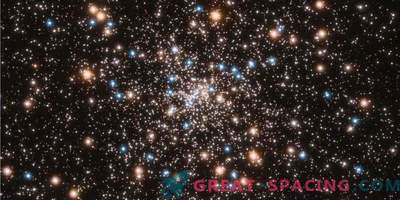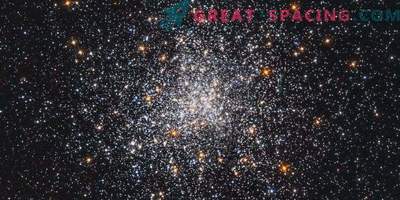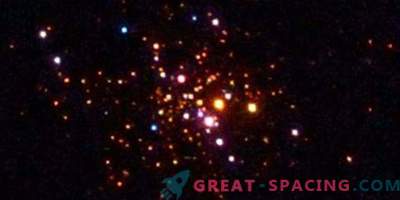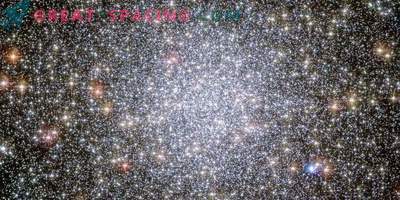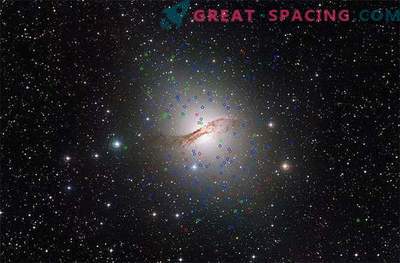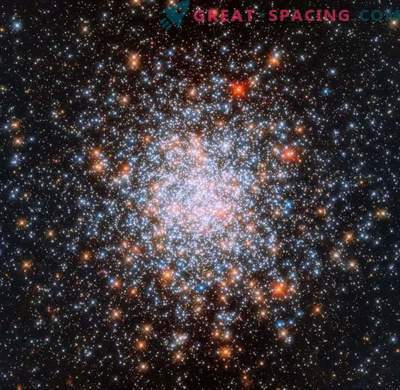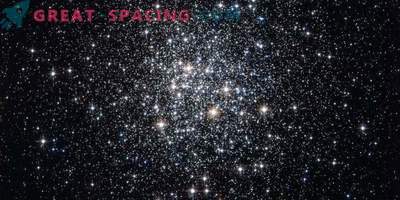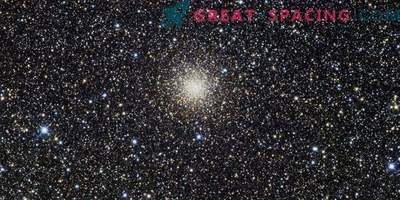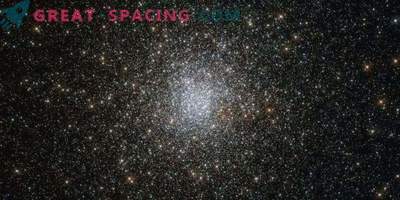
Evolution of binary stars in a globular cluster
Globular clusters can be 4 billion years younger than previously thought. This is stated in a new study from the University of Warwick. These formations consist of hundreds of thousands of tightly packed stars. It was believed that they are almost as old as the Universe. But new models point to an age of 9 billion years.
The discovery calls into question modern theories of the formation of galaxies, including the Milky Way. The new BPASS models take into account the details of the evolution of binary stars in globular clusters and are used to study the colors of light from ancient binary star clusters. Also take into account the traces of chemical elements observed in the spectra. In the evolutionary process, two stars interact in a binary system, where one object expands into a giant, and a smaller gravitational force separates the atmosphere from hydrogen and helium. It is believed that these stars are created at the same time as the globular cluster itself.
The BRASS models and the calculation of the age of binary star systems allowed us to show that the globular cluster is not as old as other models suggested. Scientists note that there is still a lot of research to be done and to study the nearest systems in which stars can be visually separated, and not just consider the integrated light of the cluster. If the theory is correct, it will change the picture of understanding the early stages of galactic evolution.
